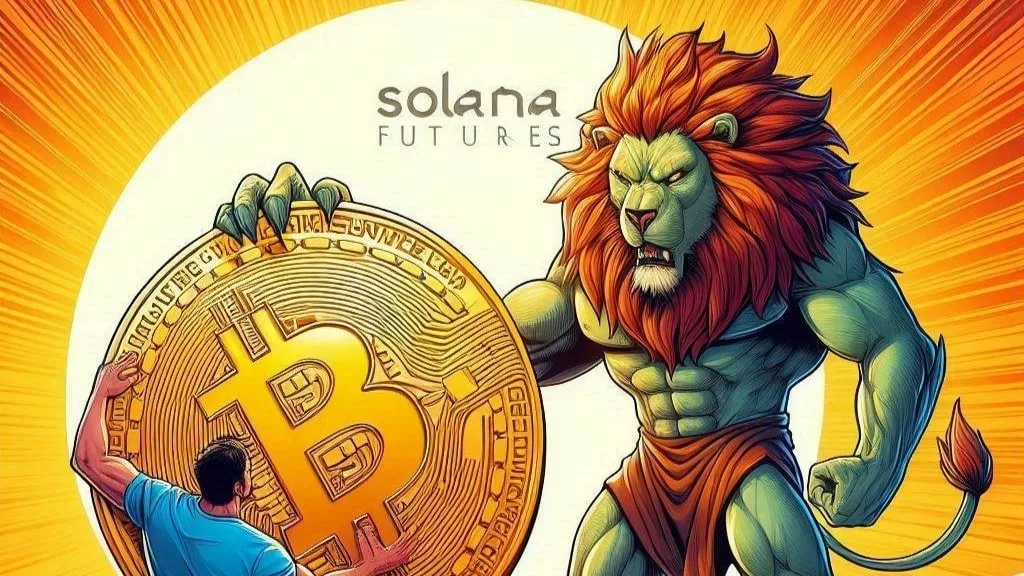
Solana’s (SOL) futures exchange-traded funds (ETFs) have failed to mirror the early success seen by Bitcoin (BTC) products. Despite introducing with some anticipation, these new Solana futures products have faced significantly lower trading volumes compared to their Bitcoin counterparts. This has led analysts to question whether the same pattern will emerge if U.S. spot Solana ETFs are approved.
Senior Bloomberg ETF analyst Eric Balchunas recently weighed in on the disappointing performance of Solana Futures ETFs. He compared their trading volume to Bitcoin’s, stating that the new Solana futures ETF, introduced on March 20, has not performed anywhere near the levels of similar Bitcoin products.
“The new Solana futures ETF hasn’t done much,” Balchunas explained, noting that while a million dollars in volume during the first few days was a solid start, it was “nothing vs BTC.” According to his analysis, the Solana ETF volumes were about 80 times less than Bitcoin ETFs like $BITO and $IBIT in their debut periods.
In fact, after initial momentum, Solana’s ETF Futures saw a dramatic decrease in trading activity, with volumes dropping to a record low of just $48,000 by March 31. This sharp decline has raised concerns about the long-term viability of Solana ETFs.
Bitcoin continues to dominate the market, controlling about 61% of the crypto ETF market, with Ethereum (ETH) at a distant second with 8%. Solana, despite its early promise, has seen its position in the market slip, now occupying fifth place with only 2.4% market share, recently surpassed by Binance Coin (BNB).
Bitcoin ETFs have proven to be more popular since their debut. According to Balchunas, Bitcoin spot ETFs have seen cumulative inflows of $36 billion, a significantly higher figure compared to Ethereum’s $2.4 billion in cumulative inflows. The disparity in inflows between Bitcoin and Ethereum ETFs further reinforces the dominance of BTC in the crypto market.
If U.S. spot Solana ETFs are approved in the future, it’s unclear whether they will follow the same pattern. Analysts fear that the trend of lower-than-expected inflows may continue, as evidenced by the weak early performance of Solana futures products.
The volatility surrounding Solana is another factor contributing to investor uncertainty. In Q1, Solana notably underperformed Bitcoin by nearly 50% during the market-wide retracement. This poor performance during a market downturn has led some investors to show more confidence in Bitcoin, which tends to fare better during such conditions.
Moreover, the Solana-to-Bitcoin ratio (SOL/BTC) has weakened, with some experts projecting that it could drop to 0.0012, a key trendline support level, before a potential rebound.
While Solana’s ETF products hold some potential, their early performance suggests that they are struggling to compete with the success of Bitcoin’s ETFs. The market remains cautious about Solana’s ability to capture investor interest, and analysts predict that this trend will likely continue unless significant changes occur in its market dynamics. Solana ETFs may face challenges similar to those seen with its futures products unless it can regain investor confidence and prove its stability in the market.
As the market continues to evolve, all eyes will remain on Solana’s ability to recover from its early struggles and challenge Bitcoin’s ETF dominance.



Get the latest Crypto & Blockchain News in your inbox.